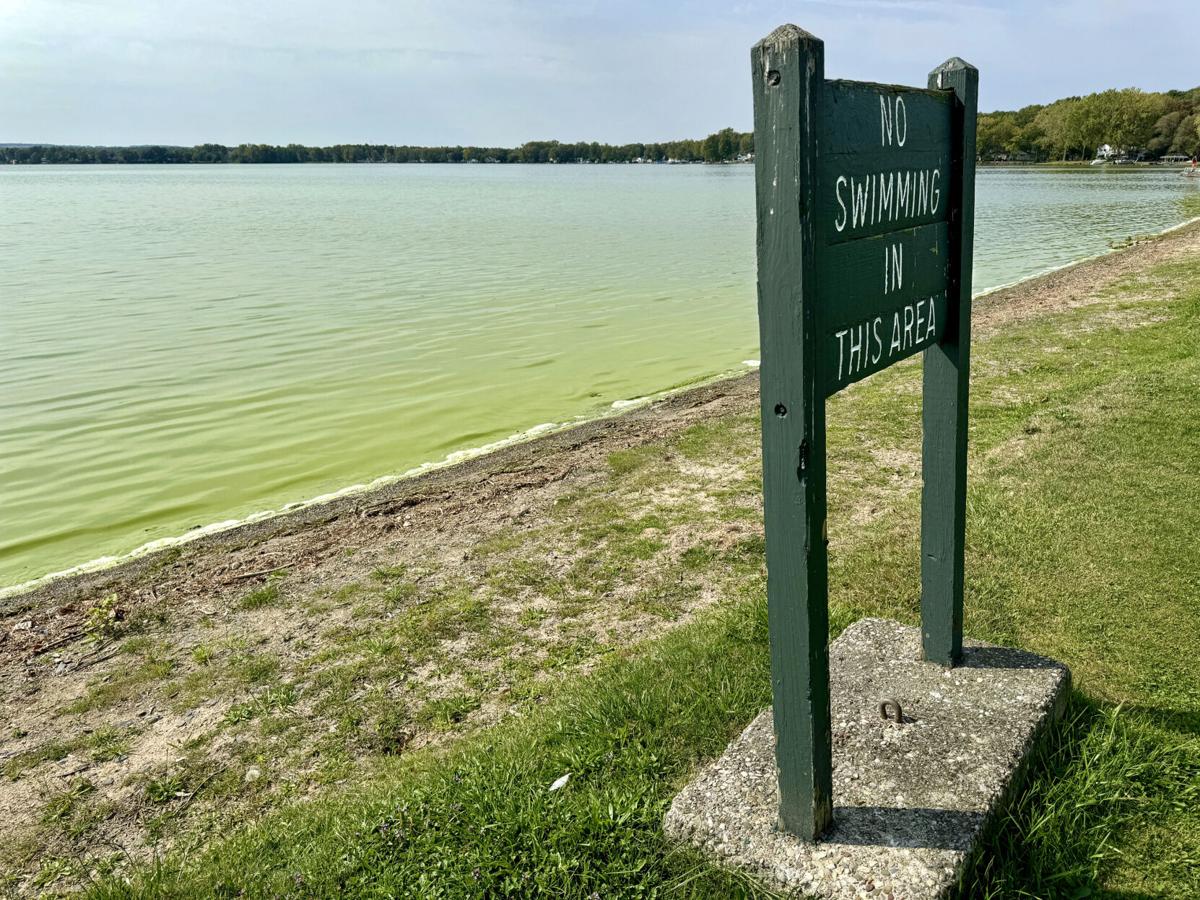The Value of Riparian Buffers for the Owasco Lake Watershed

Riparian buffers are mixed vegetated areas that grow along rivers, streams, and lakes. They also are planted along side roads to prevent run off in ditches that feed our streams and rivers. In this area, we used to call them hedge rows and farm fields were intersected by these wooded lots. We have come to realize that natural buffers play a significant role in preserving the integrity of our watersheds.
Nutrient (aka phosphorus and nitrogen) pollution is one of America’s most widespread, costly, and challenging environmental problems. Excess nutrients help cause massive Algal Blooms. Last fall, the entire Finger Lakes region suffered one of the largest outbreaks of HABS (Harmful Algal Blooms) in recent memory. Along with the wide-spread scope of the blooms, the rise in their toxicity should send a clear warning of what is to come. Can you imagine a Finger Lake where you can’t swim, boat or fish?
Over eight years ago, by request from the NYS Department of Health, the Cayuga County Department of Health began a process to upgrade the 1984 Owasco Lake Watershed Rules and Regulations. After two years of demanding work, volunteers presented an upgraded version of the 1984 Rules and Regulations and submitted them to New York State. Without explanation, the State rejected the revision. In the updated Rules and Regulations, there were provisions for riparian buffers along the streams that feed into Owasco Lake.
Properly constructed riparian buffers can help eliminate 80% of the excess phosphorus and nitrogen from agricultural runoff and urban stormwater. I will repeat that – properly constructed riparian buffers can eliminate 80% of the excess phosphorus and nitrogen from agricultural runoff and urban stormwater. Riparian buffers are natural filters that remove sediments, nutrients, and pollutants before they enter waterbodies.
Besides this obvious benefit, the root systems of properly constructed buffers will stabilize banks of rivers and streams to prevent erosion and loss of topsoil. Bank stabilization helps streams maintain their course and direction, protecting aquatic habitats and biodiversity.
Riparian buffers provide living space for land and water animals and insects. Central New York has a long history of recreational hunting. Hedgerows provided a breeding ground for many kinds of wildlife that added to their hunting experience. Trees not only provide a sanctuary for the many varieties of birds in the Finger Lakes but also act to cool the water as it filters through the buffer. In a time when lake temperatures are rising, water can be up to 10 degrees cooler in a shaded area.
Riparian buffers offer ecological, social, and economic benefits to our watershed. We are going to see rain events that are above normal. We should be aware that well-constructed Riparian buffers can play a vital role in mitigating their destructive force. Buffers can play a significant role in the long-term resilience and sustainability of our watershed.
So, if Riparian buffers are obviously effective, inexpensive, and already in existence on farms then why do we need new rules and regulations? Owasco Lake is on the impaired waterbody list per EPA. Owasco Lake has consistently ranked near the bottom of water quality when compared to other Finger Lakes. Something needs to be done and done quickly. When I say that buffers are inexpensive, I am comparing the future cost of doing nothing. Onondaga Lake cleanup is $415 Million and counting and no one swims there.
I understand that most of the streams that flow through our county do so through agricultural fields. The Chesapeake Bay Project has recognized the value of riparian buffers in reducing pollution throughout the Chesapeake Bay Watershed. Effective buffers must be engineered and maintained. Maryland, in cooperation with Federal Agencies, has worked out a system to reimburse farmers for land taken out of cultivation to improve water quality. This type of project needs State and Federal assistance to work. Small communities do not have the resources to oversee and sustain this type of plan. New York State has the resources and workforce to study and implement a similar program here.
New York State commits a large amount of taxpayer money to agricultural interests. We should advocate for some of this money to immediately fund a project to install and maintain riparian buffers along streams and roadside ditches in the Owasco Watershed. All the Finger Lakes Watersheds need Rules and Regulations that encourage the use of riparian buffers.
Read more articles

Watch Recording of Christopher Scholz at OWLA August Public Forum






